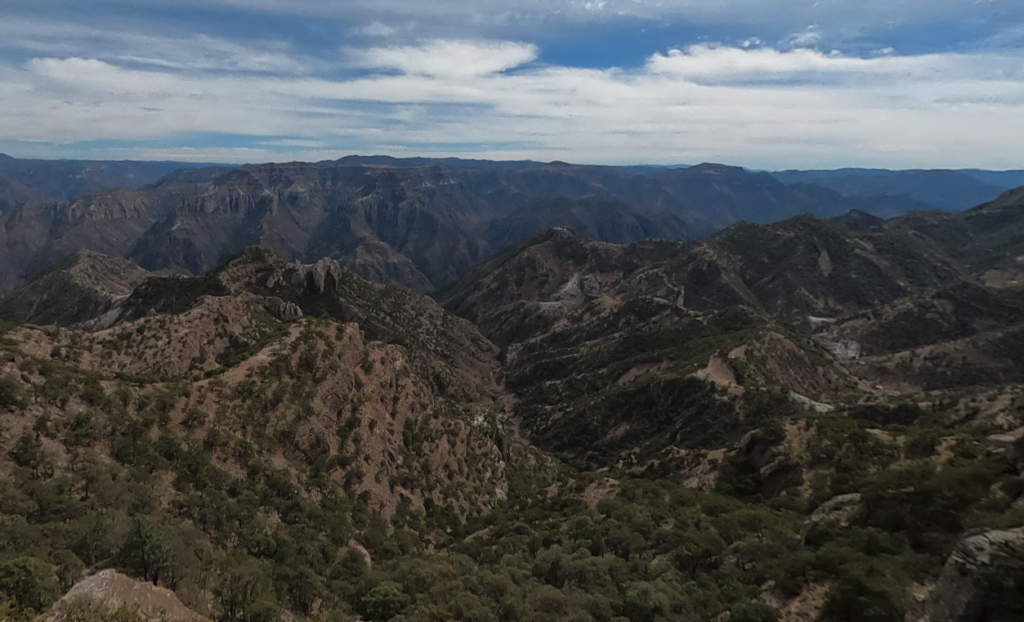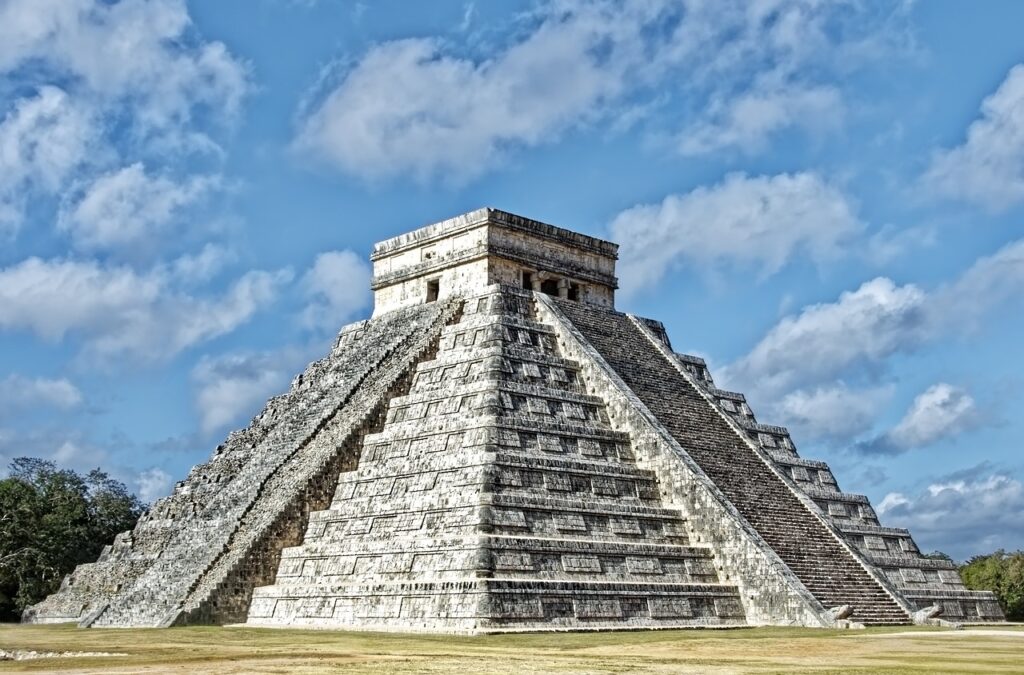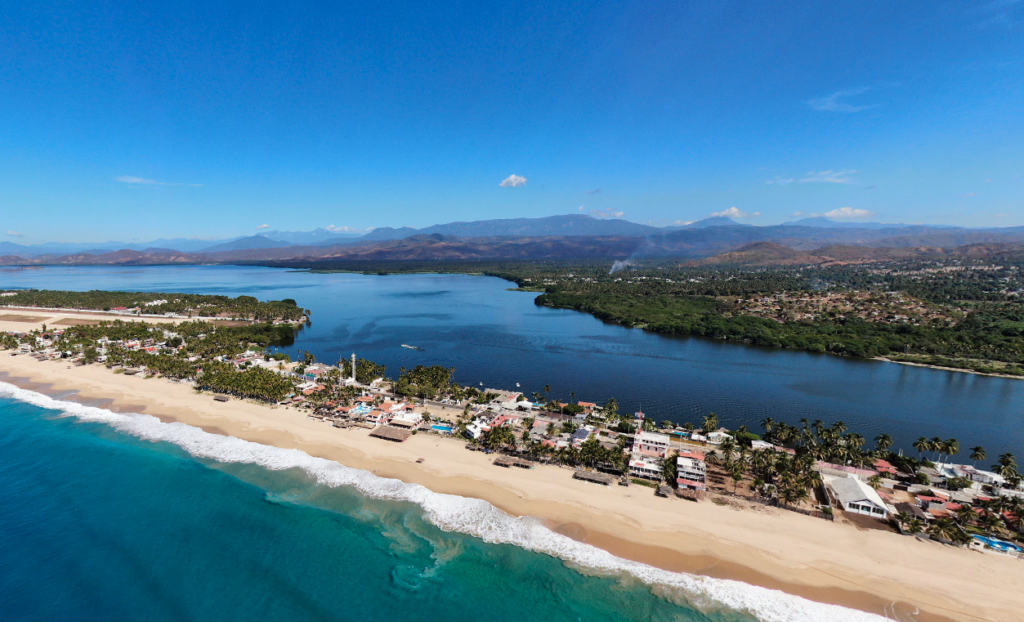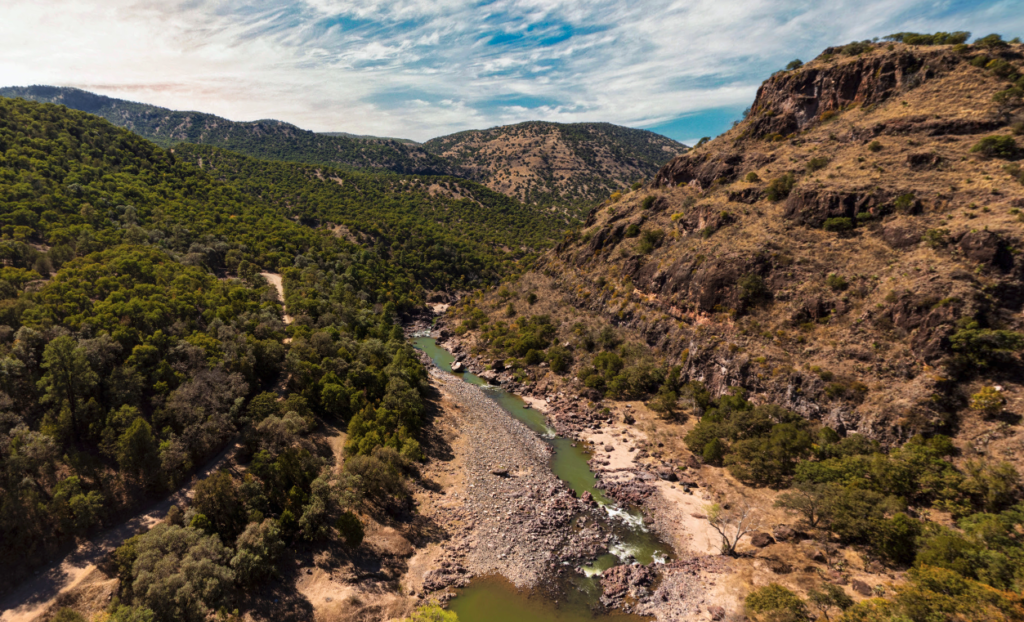Mexico / United Mexican States / Estados Unidos Mexicanos – Let’s explore here

What’s it like in Mexico?
Mexico is the 13th largest country in the world, about eight times the size of the UK. Its northern border with the USA is 5,000km long, and its coastline is 9,330km long. Its population is the tenth largest in the world, almost twice that of the UK, at almost 130 million (2023). The capital, Mexico City is home to almost 22 million.
Mexico one of the world’s six cradles of civilization. It has been home to many civilisations, including the Olmec, Maya, Zapotec, Teotihuacan and the Aztecs.
There are four mountain ranges in Mexico. From north to south are the Sierra Madre Oriental and Sierra Madre Occidental. From east to west at the center, the country is crossed by the Sierra Nevada volcanic belt. Running along the South is the Sierra Madre del Sur range. The Chicxulub crater, which famously wiped out the dinosaurs, sits underneath the Yucatán Peninsula. The highest point in Mexico is Pico de Orizaba, at 18,491 ft (5,636 m) above sea level.

A bit about the history of Mexico
Ancient Civilisations
Mexico’s history dates back to ancient civilisations that flourished long before European contact. The Olmec, considered the ‘Mother Culture’ of Mesoamerica, emerged around 1500 BC. Other notable civilisations include the Maya, Aztec and Zapotec, who developed complex societies, built impressive cities, and made advances in agriculture, astronomy and writing.
Spanish Conquest
In 1519, Spanish explorer Hernán Cortés arrived in the Aztec Empire, leading to its eventual downfall by 1521. Spain claimed Mexico as a colony, naming it New Spain. During this period, indigenous populations were severely impacted by European diseases and forced labour, which led to significant demographic and cultural changes.
Colonial Period
Mexico was under Spanish rule for nearly 300 years, from the early 16th century to the early 19th century. During this time, the Spanish implemented a colonial economy based on mining, agriculture and the exploitation of indigenous labour. The Catholic Church played a major role in governance and cultural assimilation.
War of Independence
Inspired by the ideas of the Enlightenment and revolutions in Europe and the Americas, Mexico began its fight for independence in 1810. Led by figures such as Miguel Hidalgo and José María Morelos, the rebellion lasted for over a decade, culminating in Mexico’s independence from Spain in 1821.
19th Century Struggles
The early years of independent Mexico were marked by political instability, territorial losses and economic struggles. Mexico faced numerous internal conflicts, including a brief period of French occupation (1862-1867), during which a puppet monarchy was installed. The country also lost significant territory to the United States in the 1846-1848 Mexican-American War, resulting in the loss of present day California, Arizona, and other south western territories.
Mexican Revolution
From 1910 to 1920, Mexico experienced a major social and political upheaval known as the Mexican Revolution. The revolution was sparked by discontent with the long standing dictatorship of Porfirio Díaz. It involved various factions and led to significant social, political and land reforms. After the revolution, the Institutional Revolutionary Party (PRI) emerged as the dominant political force in Mexico.
20th Century Developments
Throughout the 20th century, Mexico experienced rapid industrialisation, economic growth and urbanisation, particularly after World War II. However, the country also faced political repression, economic inequality and corruption. The PRI maintained control of Mexico’s political system for much of the century until the election of Vicente Fox in 2000, which marked the end of PRIs dominance.
Modern Mexico
Since the 21st century, Mexico has continued to address challenges such as drug related violence, corruption and poverty. It has also pursued economic modernisation, with trade agreements such as the North American Free Trade Agreement (NAFTA) in 1994, later replaced by the United States-Mexico-Canada Agreement (USMCA) in 2020. Mexico is a key player in regional and global politics and continues to evolve as a nation with a rich cultural heritage and diverse society.


Mexico road trip
Our Mexican road trip is part of a much larger North American road trip.
Our planned Mexican road trip takes us from the United States of America, heading towards the Gulf of Mexico, before moving on to Belize.
No doubt we’ll explore the country much more than this continent-spanning short route shows, in particular checking more of the coast, the Copper Canyon and the pyramids and temples of Mexico, e.g. Chichen Itza, Monte Alban, Palenque and Teotihuacan.
Hopefully our journey will improve our knowledge of this intriguing and beautiful country, and enable us to meet some interesting people. We’ll be updating this page at that time – don’t forget to check back
Map of our road trip through Mexico

What’s it like to drive in Mexico?
They drive on the right hand side of the road in Mexico. Roads conditions are, in the main, quite poor. Driving standards are also poor.
We’ve also created a dedicated page to driving abroad, which you might find helpful 🙂
Driving in Mexico City
Private cars registered in Mexico are only allowed to enter the capital, Mexico City, on certain weekdays, allocated using the licence plate number.
Private cars registered outside of Mexico are not allowed to enter Mexico City on:
- Mondays to Fridays, 05:00 – 11:00
- Saturdays 05:00 – 22:00
What currency do they use in Mexico?
In Mexico they use the Mexican Peso. The US dollar is also accepted in tourist areas. Cash is widely used. The use of credit / debit cards is widely accepted in tourist areas, although not in rural areas. Traveller’s cheques are not accepted in the main. There are ATMs in tourist areas, although not all accept foreign issued cards.
You should make yourself aware of the amount that your bank charges you for using credit and debit cards abroad. Often credit cards are cheaper for purchasing items directly, and for withdrawing cash from ATMs.
What language do they speak in Mexico?
They speak Spanish and 68 other official indigenous languages in Mexico. The most commonly used indigenous language is Nahuatl.
What time zone is Mexico in?
Remember, when you’re planning your next trip to take a look at what time zone it’s in.
Do I need a visa to visit Mexico?
We’ve created a dedicated, more comprehensive page on visas, which you should find helpful. Check it out!
Is wild camping legal in Mexico?
Yes, wild camping is fine in Mexico, although make sure the land is not private or being used for the cultivation of drugs, or in one of the more dangerous cartel-controlled areas.
What plug / socket type do they use in Mexico?
In Mexico they use plug / socket types A and B.


Mexico health issues
Is it safe to drink water in Mexico?
No, it is not safe to drink tap water in Mexico. Bottled water is readily available across the country.
What vaccinations are required for Mexico?
This NHS website is kept up to date with all relevant information on vaccinations in Mexico.
Phones in Mexico
What is the country calling code for Mexico?
The country calling code for Mexico is +52
What are the emergency phone numbers in Mexico?
- The emergency number for police in Mexico is: 911
- In Mexico, the emergency number for ambulance is: 911
- The emergency number for fire in Mexico is: 911
If you’ve got some useful info that you’d like to share, let us know!
And don’t forget to check out all the other pictures!
